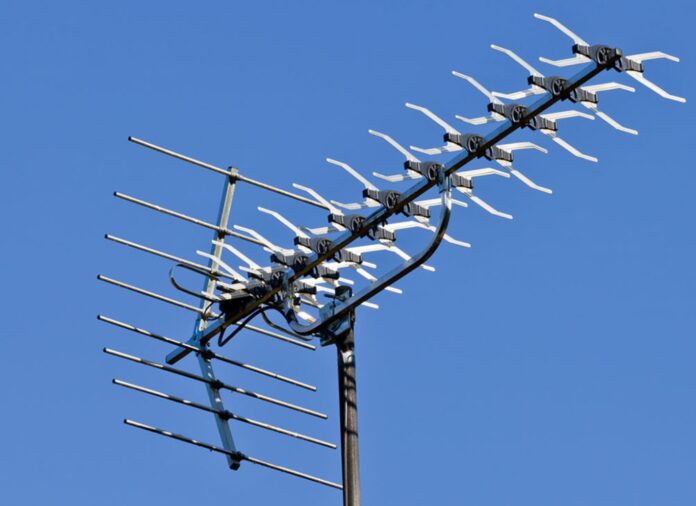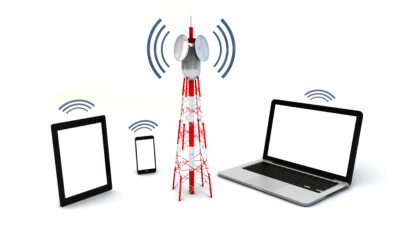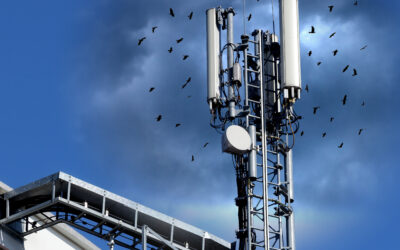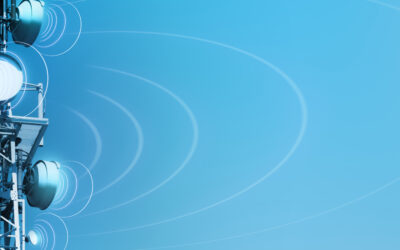A Skeptic’s Guide to ATSC 3

In the broadcast world, standards and technology updates move glacially. But after nearly two decades of research and development, the next-generation standard for over-the-air television is here. The ATSC 3.0 standard is poised to modernize how we watch TV by making it more interactive, immersive, and efficient than ever before. Even as an industry insider with a deep knowledge of the latest technological advancements, it was hard to keep up with all the acronyms, new protocols, and testing procedures coming out of this last round of revisions to the ATSC standard.
What is ATSC 3.0?
ATSC 3.0 is a new standard for terrestrial television that updates the existing ATSC 1.0 standard. The new standard is designed to do three things: increase picture quality, improve the user experience and save broadcasters money. The standard is backward compatible with transmitting the same signals as our current transmitters. The new features are built into the standard’s extensions and activated when the broadcaster chooses to switch on their new transmitter.
The Benefits of ATSC 3.0
ATSC 3.0 will offer higher picture quality, better sound quality, more interactivity, and more efficient spectrum use. Picture quality will be better because the new standard allows for increased bitrate. ATSC 1.0 only allowed 6-10 Mbits/sec, while 3.0 can offer up to 36 Mbits/sec, depending on the broadcaster’s needs. The higher bitrate means more refinement of the picture and less noise in low-light scenes, plus the ability to transmit high dynamic range (HDR) video. Better sound quality will come from an increase in the audio bitrate. ATSC 1.0 allows for 5.1 channels of sound, while 3.0 can offer up to 9 channels. This means less compression, which will result in a higher-quality audio experience. The most exciting improvement in the new standard is the increased interactivity. 3.0 will allow for interactivity on both the video and audio sides. Interactive video means that the broadcaster can customize the video signal for individual viewers, such as with closed captioning, additional graphics, or video-on-demand data.
Should you be Excited about ATSC 3.0?
Yes. The new standard has the potential to open up the airwaves to new content types while also improving the delivery of existing content. While this standard is still being finalized, broadcasters will be able to add new interactive content and features to their programming once it is. This means broadcasters can directly add new content to their signal, such as virtual reality experiences. And because ATSC 3.0 transmits data over a wider range of frequencies, this standard could open up new opportunities for broadcasters to provide additional content like sporting events, weather, and news.
Conclusion
Broadcasting has been a part of the world’s media landscape since the earliest days of media. It’s been a constant, reliable source of entertainment and information for decades and has been relatively unchanged for much of that time. That’s changing now, and new standards like ATSC 3.0 will significantly change how we consume broadcast media. While the switch from analog to digital transmission standards was mostly a change in how the transmission was sent, the switch from ATSC 1.0 to ATSC 3.0 will change what is being sent. For the first time, broadcasters will have the capacity and technology to send the same high-quality content they’ve been streaming online to your TV.
If you’re curious about how your business can capitalize on this new technology, contact us today. Our team of experts will be happy to discuss all the ways ATSC 3.0 can benefit your company.
Recent Posts
- RF Safety: The Silent Protector of Wireless Communication
- How RF Signal Generators Drive Effective Testing Practices
- How Radio Frequency (RF) Testing Enhances Connectivity and Reliability
- The Importance of RF Education in Today’s Tech Landscape
- What to Expect During a Radiofrequency Radiation Site Inspection?






